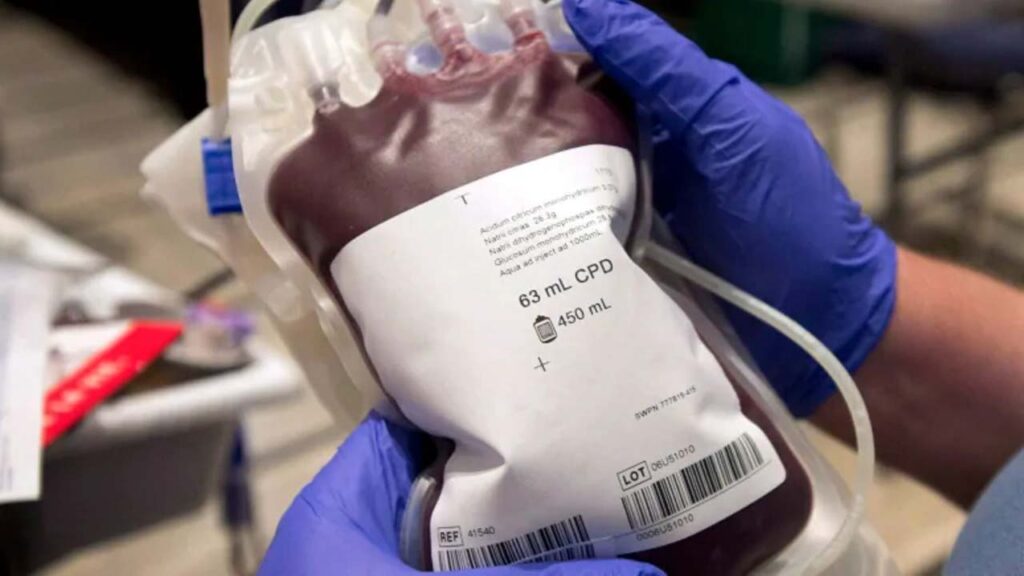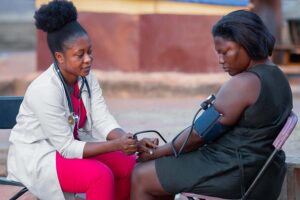Blood shortages are a significant challenge in many African countries, where healthcare systems struggle to meet the needs of their populations. Factors such as a lack of awareness, inadequate infrastructure, and cultural misconceptions contribute to the persistent shortfall in blood supply. This article explores the issues surrounding blood shortages in Africa and the strategies needed to address this critical problem.
The Current State of Blood Supply in Africa
Limited Donations and High Demand
Many African countries face a severe shortage of blood donations. With only about 26% of the needed blood being collected from voluntary donors, the demand far exceeds the supply. This gap has severe implications for patient care and outcomes, particularly in emergencies and for patients with chronic conditions.
Impact on Healthcare Services
The shortage of blood affects the overall quality of healthcare services. Hospitals and clinics often struggle to provide necessary treatments, leading to delayed or canceled surgeries, inadequate care for trauma patients, and increased mortality rates for conditions that require blood transfusions.
Factors Contributing to Blood Shortages
Lack of Awareness and Education
One of the primary reasons for low blood donation rates is the lack of awareness and education about the importance of blood donation. Many people are unaware of the critical need for blood and the impact their donation can have on saving lives.
Cultural and Religious Beliefs
Cultural and religious beliefs can also play a role in the reluctance to donate blood. Some communities have misconceptions about blood donation, believing it to be harmful or against their beliefs. Addressing these misconceptions through education and community engagement is crucial.
Inadequate Infrastructure and Resources
Many African countries lack the infrastructure and resources necessary to support effective blood donation programs. This includes a shortage of blood collection centers, insufficient storage facilities, and inadequate transportation systems to distribute blood to hospitals in need.
Strategies to Increase Blood Donations
Community Education and Awareness Campaigns
Increasing awareness and education about the importance of blood donation is crucial. Community education programs can help dispel myths, provide accurate information, and encourage more people to donate blood.
Partnering with Local Organizations
Partnering with local organizations, including schools, businesses, and religious institutions, can help increase outreach and encourage more people to donate blood. These partnerships can also help organize and support blood donation drives.
Mobile Blood Donation Units
Mobile blood donation units can help overcome infrastructure challenges by bringing blood collection services directly to communities. These units can travel to remote areas, increasing access to blood donation opportunities and reaching more potential donors.
Policy and Infrastructure Improvements
Government Support and Policy Changes
Government support and policy changes are essential for improving blood donation programs. Policies that encourage voluntary blood donation, provide funding for blood collection centers, and ensure the safety and quality of donated blood can significantly impact the availability of blood supplies.
Investment in Blood Collection and Storage Facilities
Investing in modern blood collection and storage facilities is crucial for maintaining a reliable blood supply. Proper storage facilities ensure that donated blood is kept safe and viable for transfusions, while well-equipped collection centers can increase the efficiency and reach of blood donation programs.
Training and Support for Healthcare Workers
Training healthcare workers on the importance of blood donation, proper blood collection techniques, and donor care can enhance the effectiveness of blood donation programs. Providing ongoing support and resources to healthcare workers ensures that they can continue to promote and facilitate blood donations.
The Role of Technology in Blood Donation
Digital Platforms for Donor Recruitment
Digital platforms can play a significant role in recruiting and retaining blood donors. Mobile apps and websites that provide information on blood donation, track donation history, and notify users of upcoming blood drives can increase donor engagement and participation.
Data Management and Analytics
Effective data management and analytics can help optimize blood donation programs. By analyzing donation patterns, demand trends, and donor demographics, organizations can better plan and execute blood drives, ensuring that supply meets demand.
Enhancing Communication and Outreach
Technology can also enhance communication and outreach efforts. Social media campaigns, email newsletters, and SMS alerts can keep potential donors informed and engaged, encouraging them to donate regularly.
Community Involvement and Volunteerism
Encouraging Community Leaders to Advocate
Community leaders can play a vital role in promoting blood donation. Their advocacy can help dispel myths, encourage participation, and build trust within communities. Engaging influential leaders in awareness campaigns can significantly impact donation rates.
Organizing Blood Donation Drives
Community involvement in organizing blood donation drives is essential for increasing donor turnout. Local businesses, schools, and community groups can collaborate to host blood drives, providing convenient and accessible donation opportunities.
Recognizing and Rewarding Donors
Recognizing and rewarding donors can encourage repeat donations and build a culture of giving. Certificates, public acknowledgments, and small incentives can show appreciation for donors’ contributions and motivate others to donate.
Conclusion
Addressing blood shortages in Africa requires a multifaceted approach that includes community education, improved infrastructure, policy support, and technological advancements. By increasing awareness, enhancing donation programs, and fostering a culture of volunteerism, we can bridge the gap and ensure that hospitals and clinics have the blood supplies they need to provide life-saving care. Each blood donation makes a significant difference, and with collective efforts, we can create a sustainable and reliable blood supply system for all African communities.




